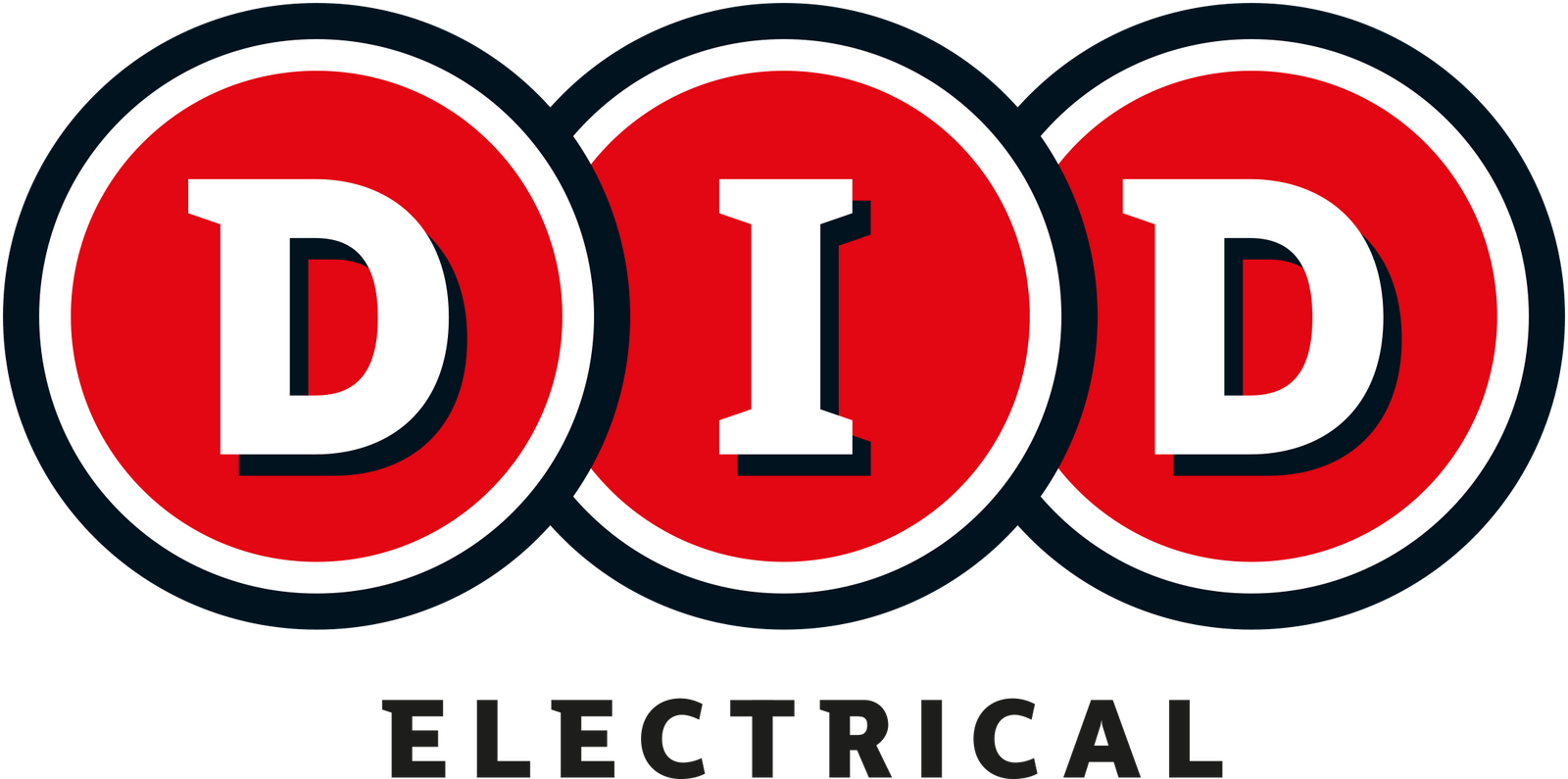Ovens are an essential appliance in any kitchen, and they come in different sizes, types, and models. Single ovens and double ovens are among the most popular types of ovens available today. They both offer unique features and benefits, making them ideal for different cooking needs and preferences. In this essay, we will explore the differences between single ovens and double ovens and their advantages.
Single Ovens
Single ovens are the most commonly used type of oven and are found in most households. They are designed to fit into a standard kitchen cabinet and can be installed under a countertop or at eye level. Single ovens have one cooking compartment and are available in different sizes, but mostly 59-60cm wide. They are typically less expensive than double ovens, making them an affordable option for those on a budget.
Single ovens come in various styles, including gas, electric, and convection. Gas ovens use natural gas or propane to heat the oven, while electric ovens use electricity. Convection ovens have a fan that circulates hot air to cook food more evenly and quickly. Single ovens can also come with a range of features, including self-cleaning, delayed start, and cooking timers.

One of the primary advantages of single ovens is their compact size. They are ideal for small kitchens or those with limited space. Single ovens are also easier to install and maintain than double ovens. They require less energy to heat up and can be more energy-efficient than double ovens. Single ovens are also suitable for those who do not cook large meals frequently.
Double Ovens
Double ovens are becoming increasingly popular, particularly in larger households or those who frequently cook for large groups of people. As the name suggests, double ovens consist of two separate cooking compartments, each with its own set of controls. Double ovens are typically larger than single ovens and range from 259-60cm wide.
Like single ovens, double ovens come in different styles, including gas, electric, and convection. They can also have a range of features, such as catalytic liners, delayed start, and cooking timers. One of the significant advantages of double ovens is their versatility. They allow you to cook two different dishes at different temperatures simultaneously, making them ideal for those who enjoy hosting dinner parties or cooking large meals.

Double ovens also come in two different configurations: stacked and side-by-side. Stacked double (a single unit) ovens are installed one on top of the other, whereas side-by-side double ovens are installed next to each other. Stacked ovens are ideal for those with limited space, as they take up less floor space. However, they can be more challenging to access, particularly for those with mobility issues. Side-by-side ovens (two single ovens) are more accessible and offer a more extensive cooking surface, but they require more floor space.
When it comes to cost, double ovens are typically more expensive than single ovens. They require more energy to heat up and maintain, making them less energy-efficient than single ovens. Double ovens are also more challenging to install and maintain, particularly if they are side by side. But if you are going to be cooking a large quantity of food often it is worth considering a double oven as it will be quicker and easier to cook.
Which is Better for You: Single or Double Oven?
The answer to this question depends on your cooking needs and preferences. If you have limited space or do not cook large meals frequently, a single oven may be the best option for you. Single ovens are less expensive, easier to install and maintain, more energy-efficient than double ovens and can fully catalytic/pyroclean functionality. They are also ideal for small families or those who do not host dinner parties frequently. On the other hand, if you frequently cook large meals or enjoy hosting dinner parties, a double oven may be the best option for you. Double ovens allow you to cook more than two different dishes at a time with multiple shelfs and twice the amount of cavities.
FAQs
1: What is the difference between a conventional oven and a convection oven?
A conventional oven uses heating elements to produce heat that cooks the food, while a convection oven uses a fan to circulate hot air throughout the cooking cavity, producing more even and faster cooking. Convection ovens also require lower cooking temperatures and can save energy.
2: How do I clean my oven?
Most ovens come with a self-cleaning option that uses high heat to burn off food debris and spills. Alternatively, you can clean your oven using a commercial oven cleaner or a homemade solution of baking soda and vinegar. It is important to follow the manufacturer's instructions and safety precautions when cleaning your oven.
3: Can I bake in a single oven?
single ovens are designed for baking, as they do have the necessary heating elements and ventilation to produce the required heat for baking. Some single ovens come with a baking or convection mode that can be used to bake simple dishes, such as cakes and muffins.
4: What is a self-cleaning oven?
A self-cleaning oven is an oven with a special cleaning cycle that uses high heat to burn off food debris and spills, leaving behind a powdery ash that can be wiped away once the oven has cooled down. Self-cleaning ovens eliminate the need for harsh chemicals and manual scrubbing, making them a convenient option for busy homeowners.
5: How do I preheat my oven?
To preheat your oven, turn it on to the desired temperature and wait for the oven to reach that temperature before placing your food inside. Some ovens have preheat indicators that tell you when the oven has reached the desired temperature. It is important to preheat your oven for best results, as it helps to ensure even cooking and proper browning.










